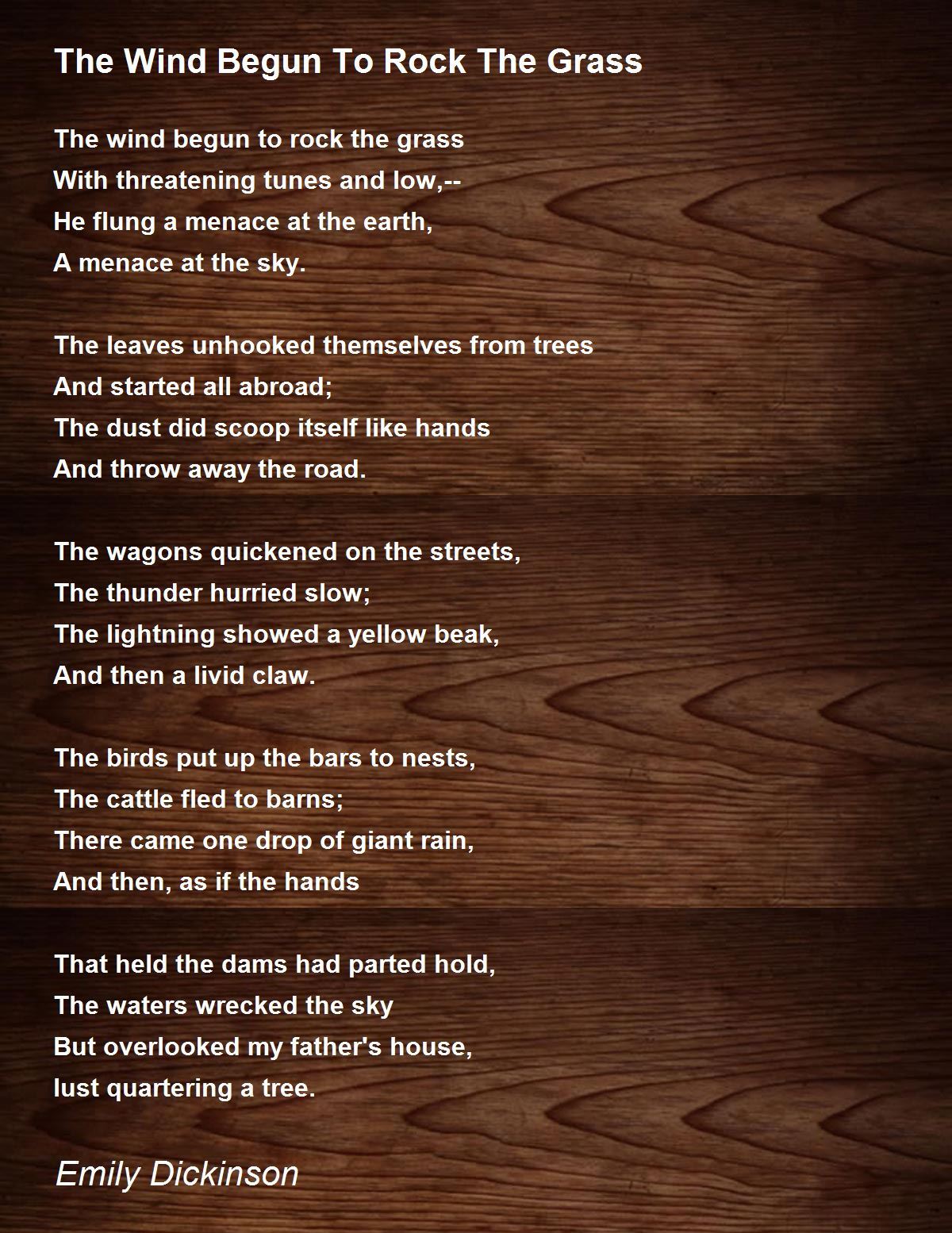
But from a simple mechanics perspective, one can expect that the most optimized leaf would have a large, flat, and stiff lamina to maximize the light capture, and a flexible petiole to avoid fracture 5, 6. In nature, trees have evolved to have many different leaf forms in terms of size, lobes, and orientation 4. The lamina appears to be green and flattened in a plane perpendicular to the stem, which is presumably configured to maximize the capture of sunlight 3. The petiole is a beam-like structure connecting the lamina to the stem, while the lamina is the major photosynthetic part in leaves. In trees, leaves have evolved to perform the photosynthesis function, and typical non-sessile leaves are composed of a petiole and a lamina. Although there are several photosynthetic pathways for different species 1, the fundamental step is the same: using light energy to transform water and CO 2 into sugar and oxygen 2. Photosynthesis is the principal mechanism for nutrition in plants. Lastly, we discuss leaf’s ability to reduce stress at the stem-petiole junction by choosing certain geometry, and also present exploratory results on the effect that seasons have on the Young’s and twisting moduli. In addition, we develop a simple energetic model to find a relation between geometrical shapes and mechanical properties ( EI/ GJ = 2 L L/ W C where L L is the laminar length and W C is the laminar width), verified with experimental data. A twist-to-bend ratio EI/ GJ is found to be around 4.3, within the range in previous studies conducted on similar species ( EI/ GJ = 2.7~8.0 reported in S.

From tensile/torsional tests, we characterize the bending rigidity ( EI) and the twisting rigidity ( GJ) of 15 petioles of 4 species in the Spring/Summer: Red Oak ( Quercus Rubra), American Sycamore ( Platanus occidentalis), Yellow Poplar ( Liriodendron tulipifera), and Sugar Maple ( Acer saccharum). Leaves of the same species are found to be geometrically similar regardless of their size. In this study, we measure the shape of laminae from 120 simple leaf species (no leaflets). To survive in harsh abiotic conditions, leaves may have evolved to form in different shapes, resulting from a coupling between the lamina geometry and the petiole mechanical properties. drag) on the lamina, the petiole undergoes twisting and bending motions. In order to define information gain precisely, we begin by defining a measure commonly used in information theory, called entropy that characterizes the (im)purity of an arbitrary collection of examples.From a geometrical point of view, a non-sessile leaf is composed of two parts: a large flat plate called the lamina, and a long beam called the petiole which connects the lamina to the branch/stem. Okay so how do we choose the best attribute?Īnswer: use the attribute with the highest information gain in ID3

This means we are performing top-down, greedy search through the space of possible decision trees. To create a tree, we need to have a root node first and we know that nodes are features/attributes(outlook,temp,humidity and windy),Īnswer: determine the attribute that best classifies the training data use this attribute at the root of the tree. This is a binary classification problem, lets build the tree using the ID3 algorithm So we need to learn the mapping (what machine learning always does) between X and y. We have four X values (outlook,temp,humidity and windy) being categorical and one y value (play Y or N) also being categorical.


 0 kommentar(er)
0 kommentar(er)
